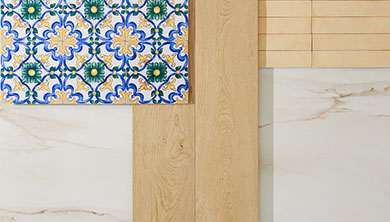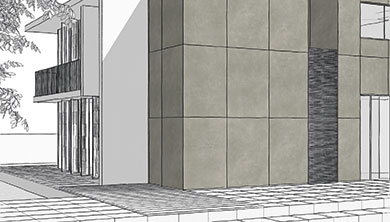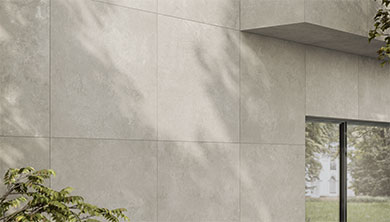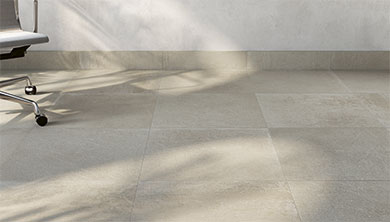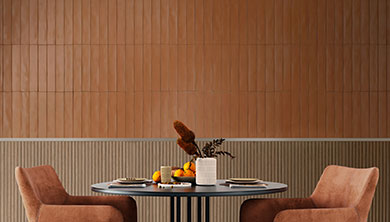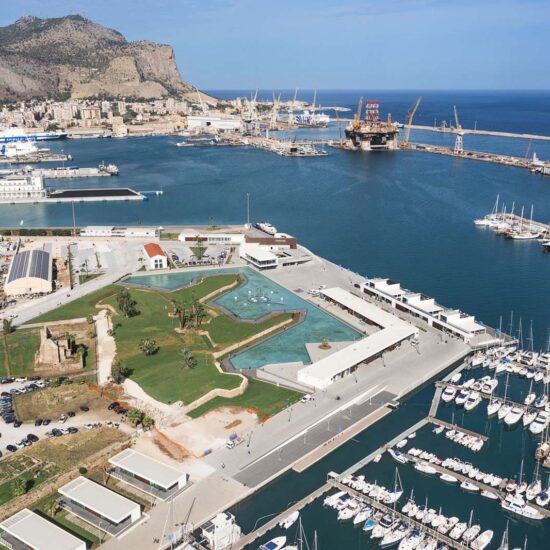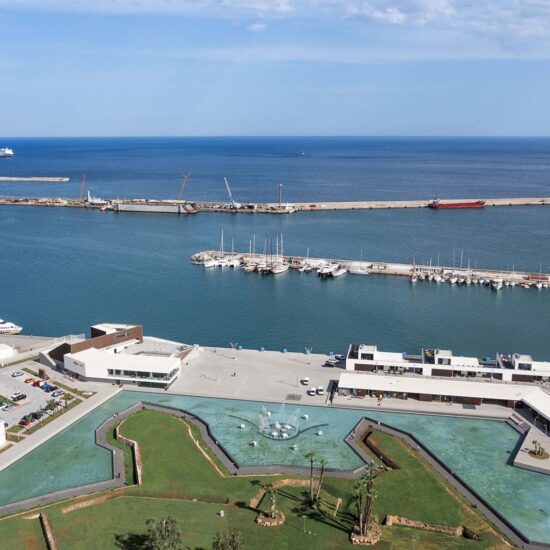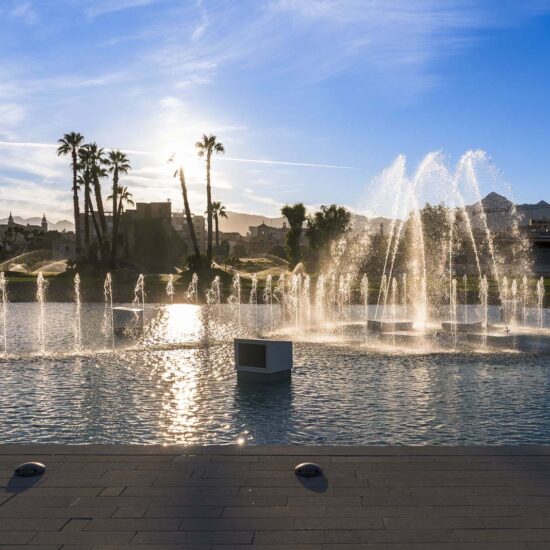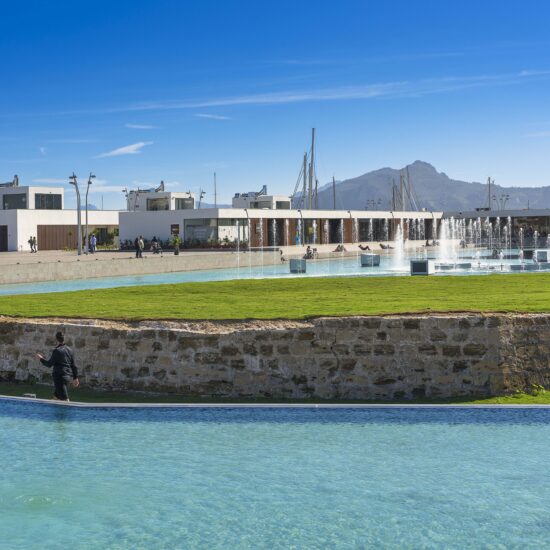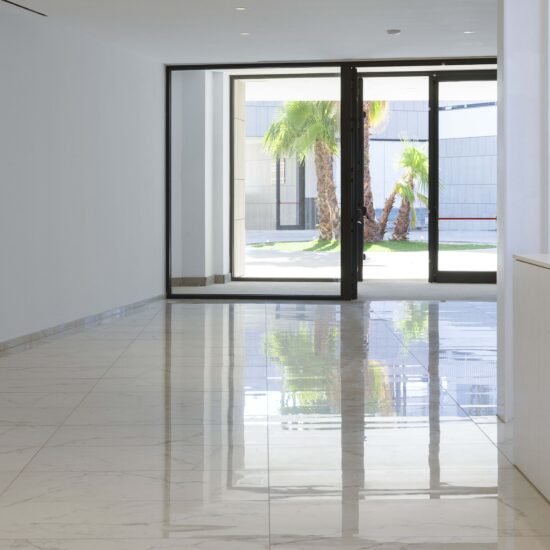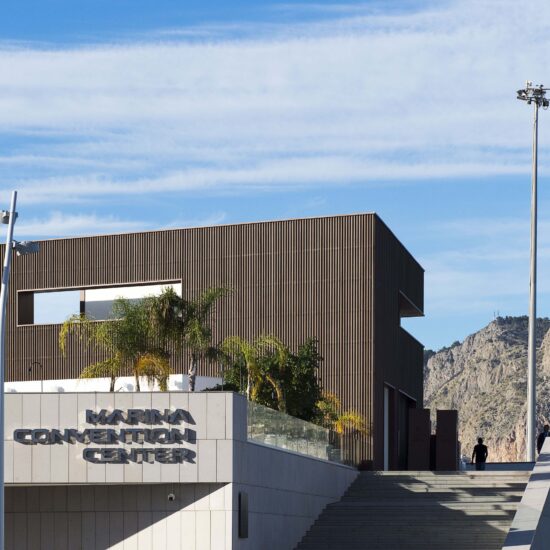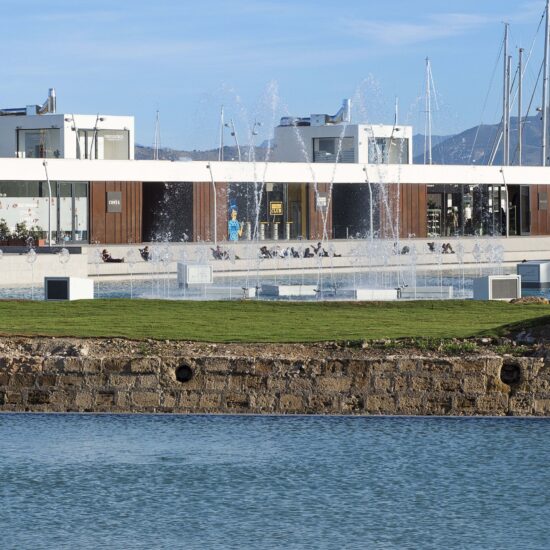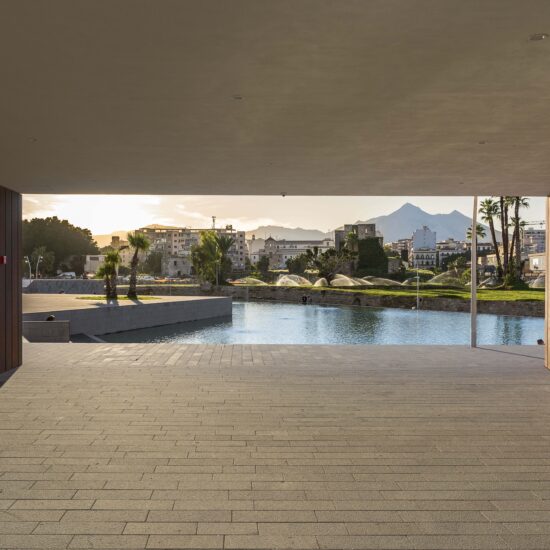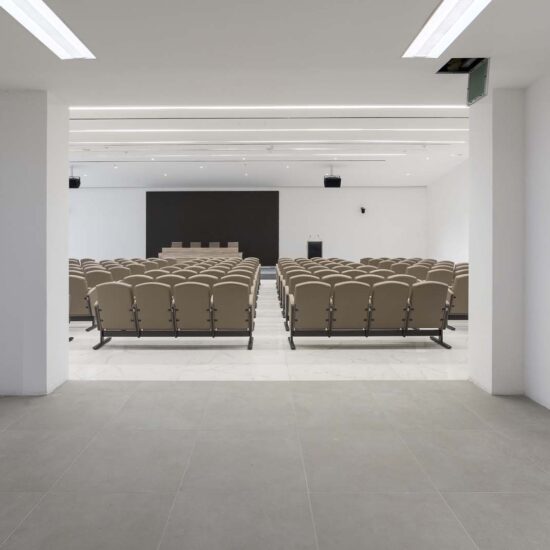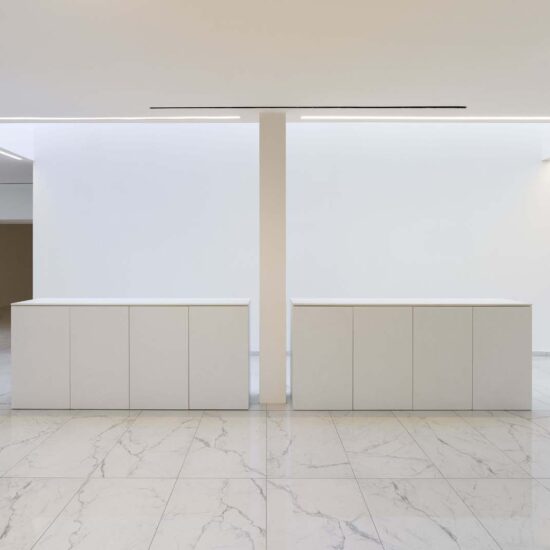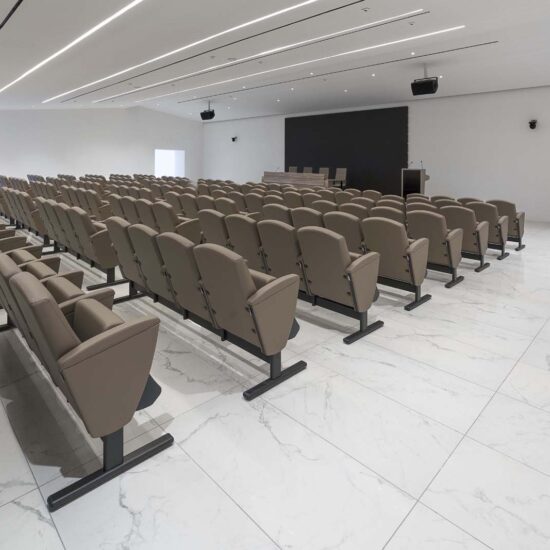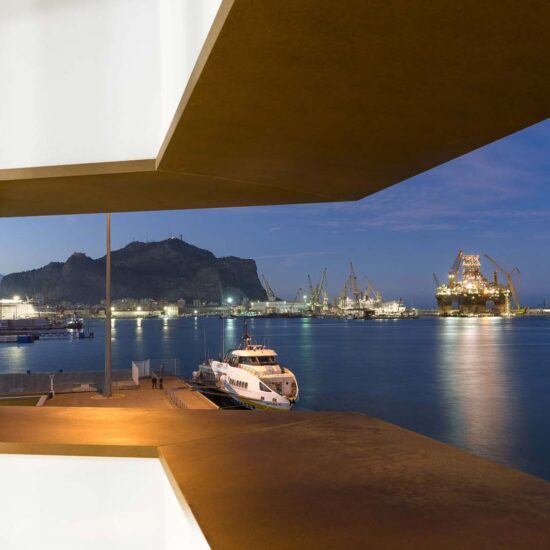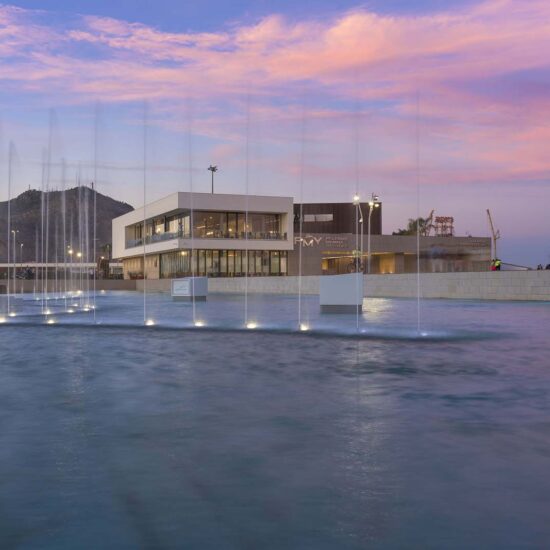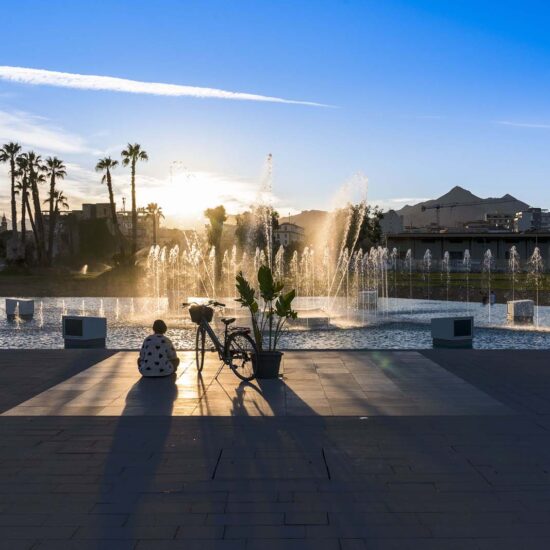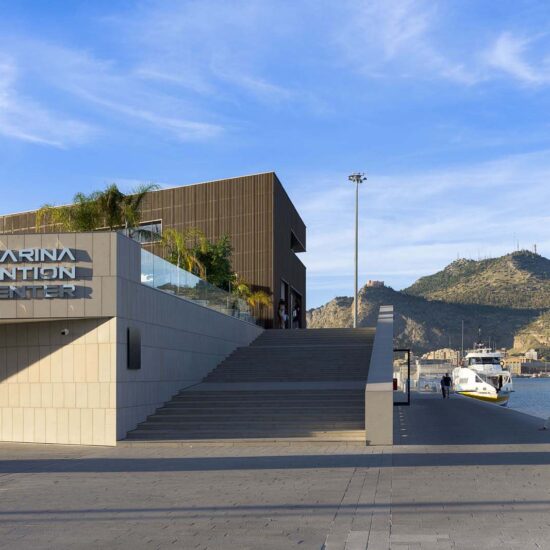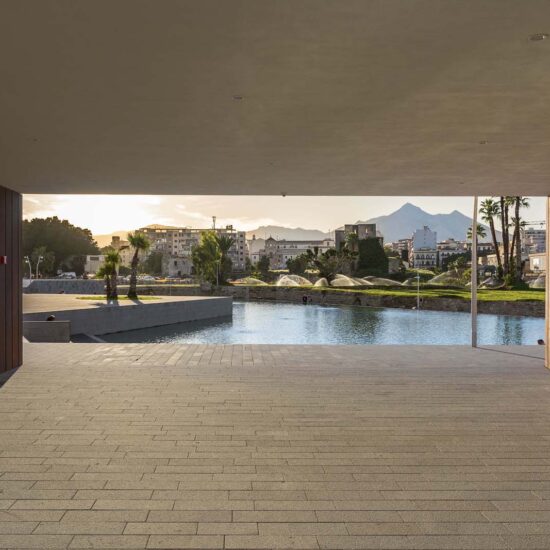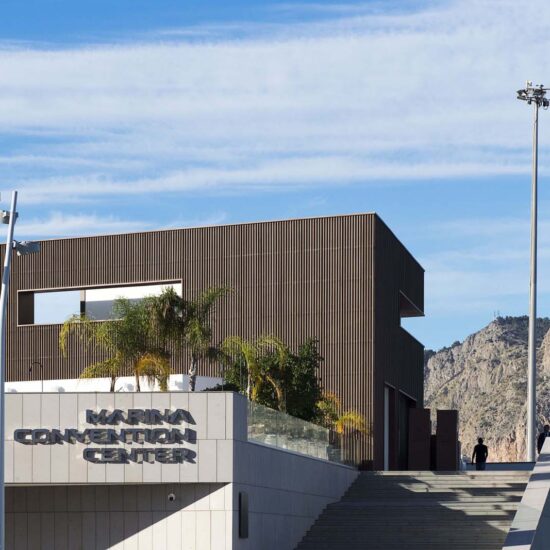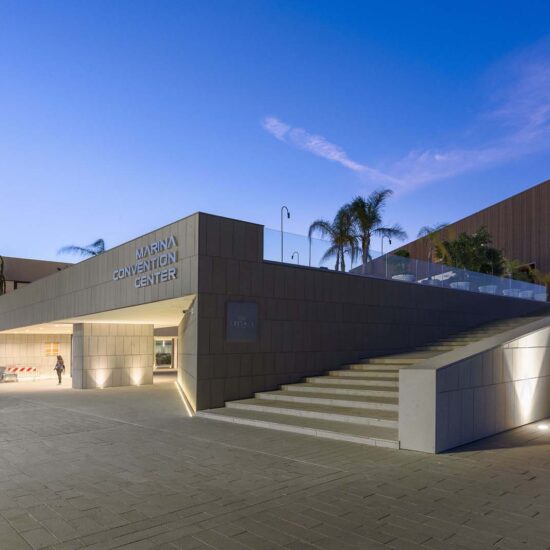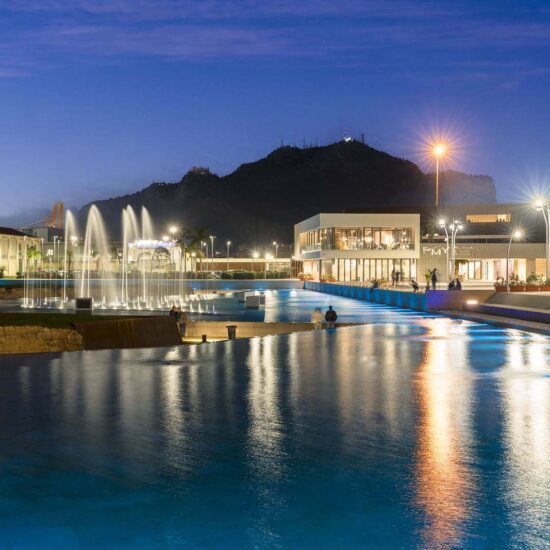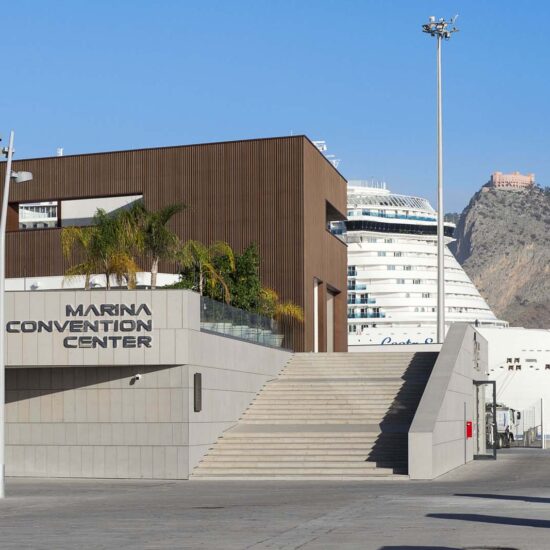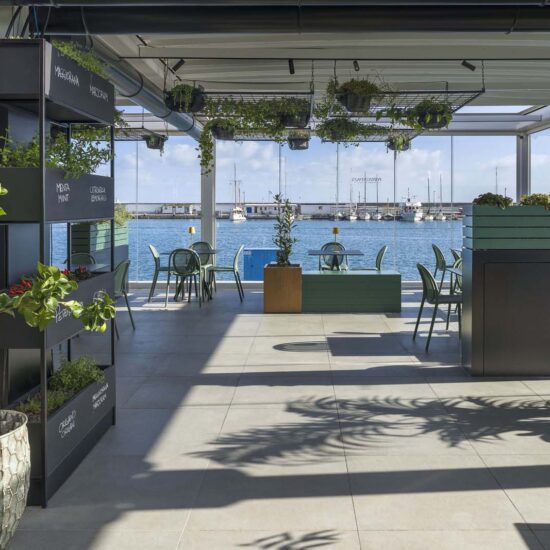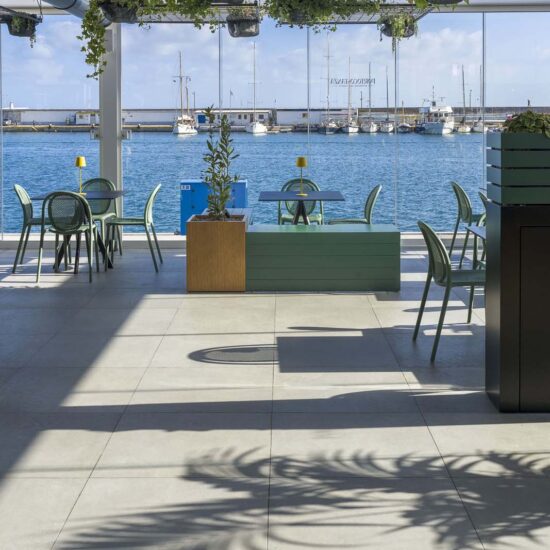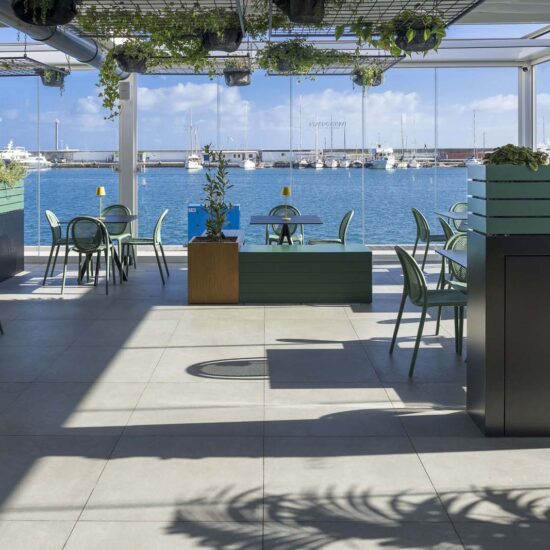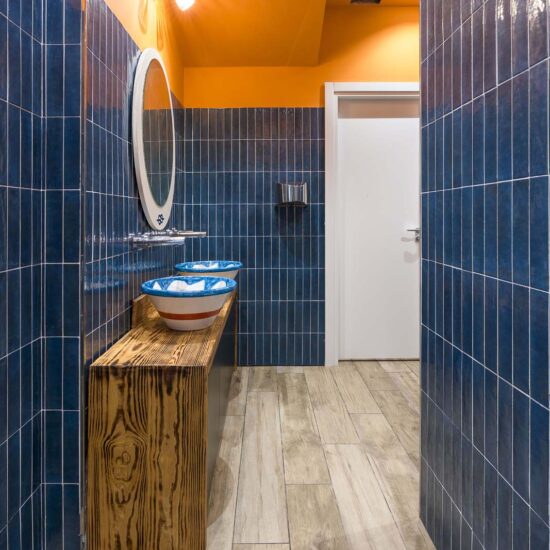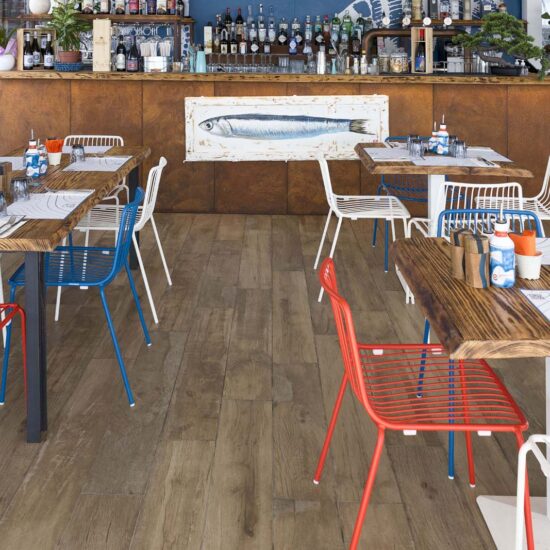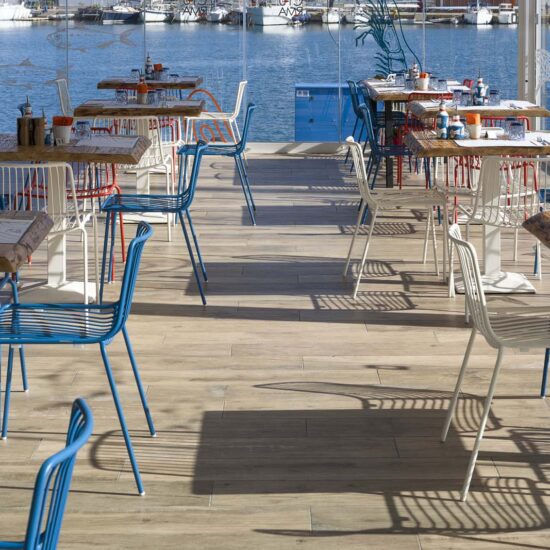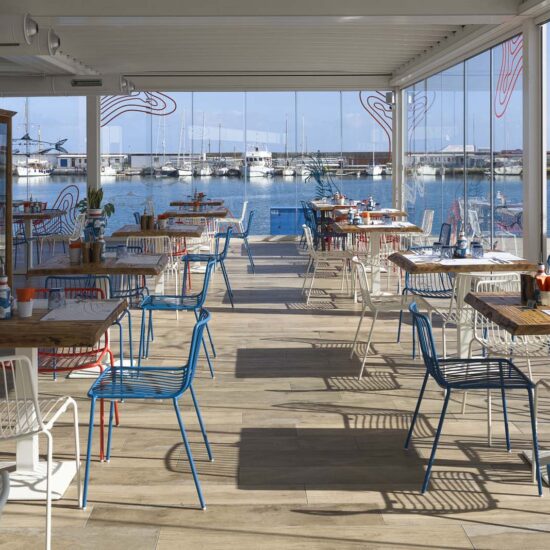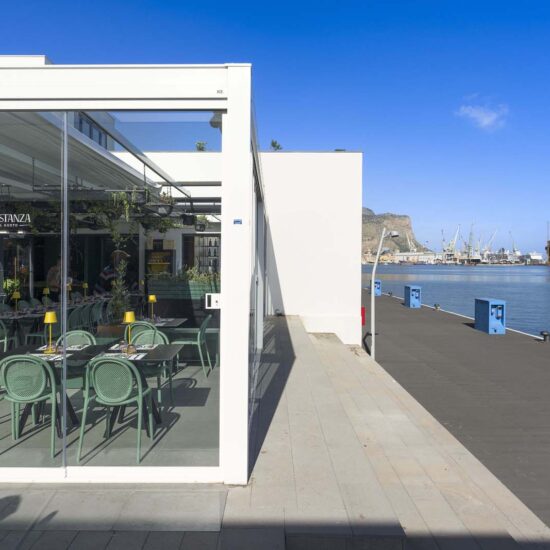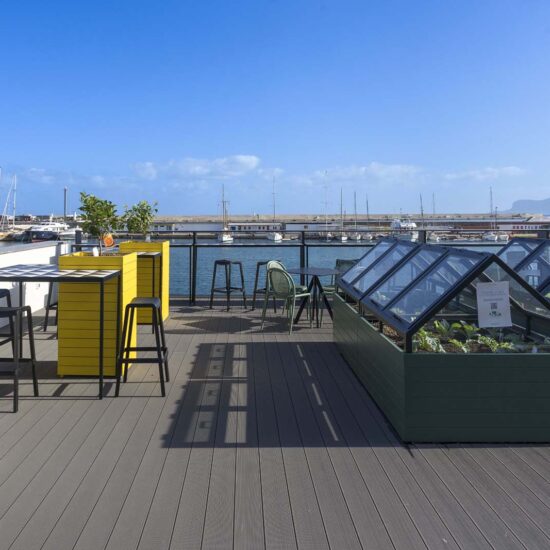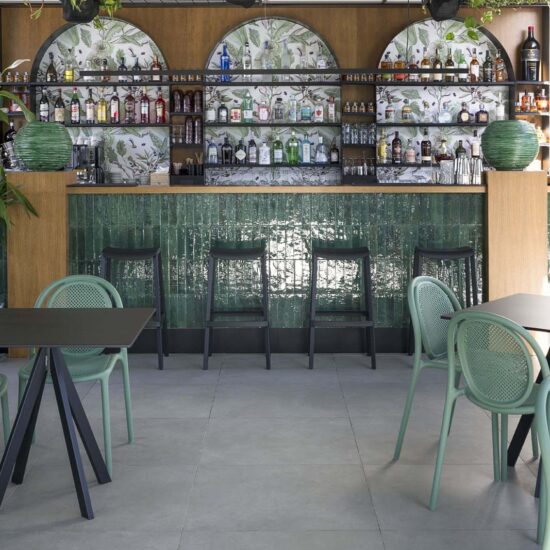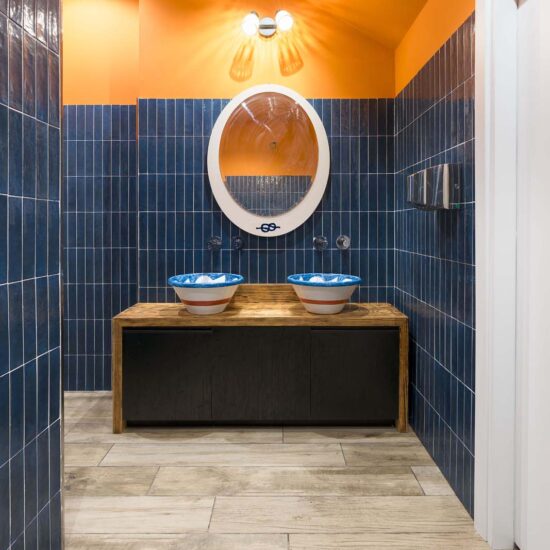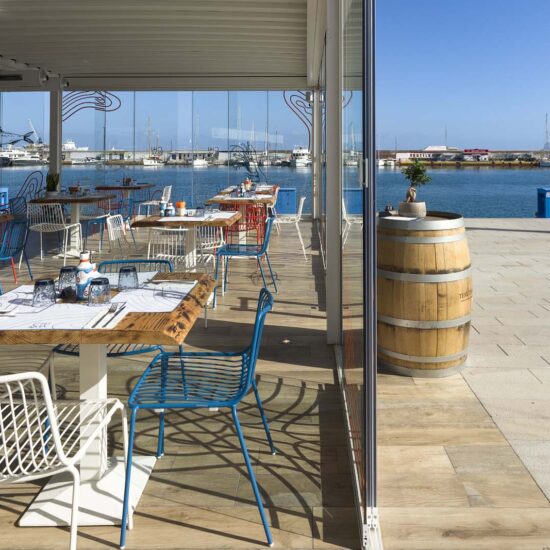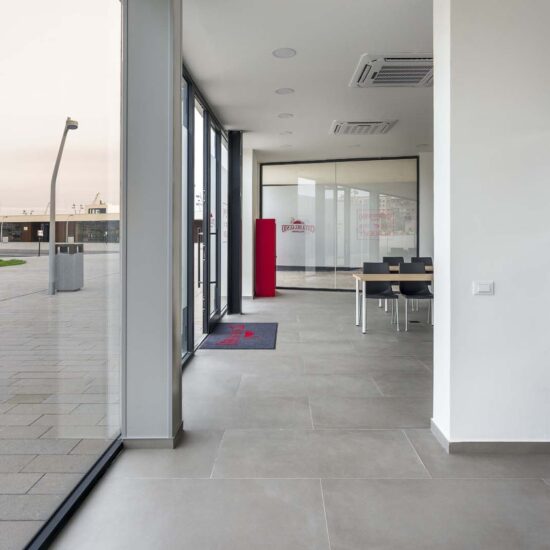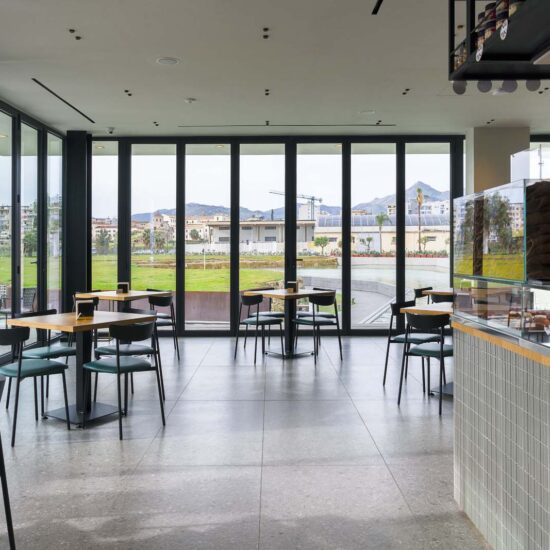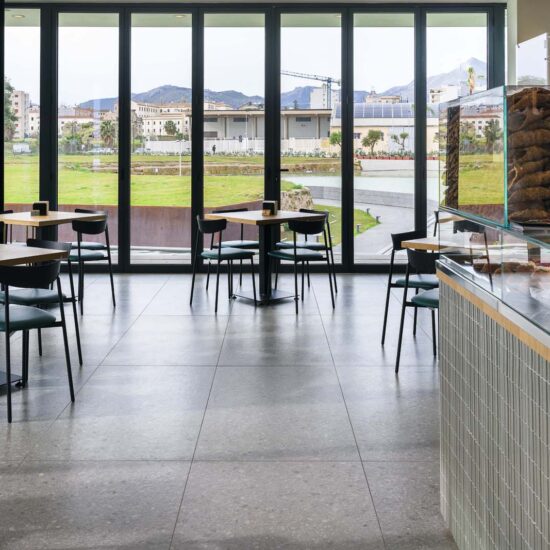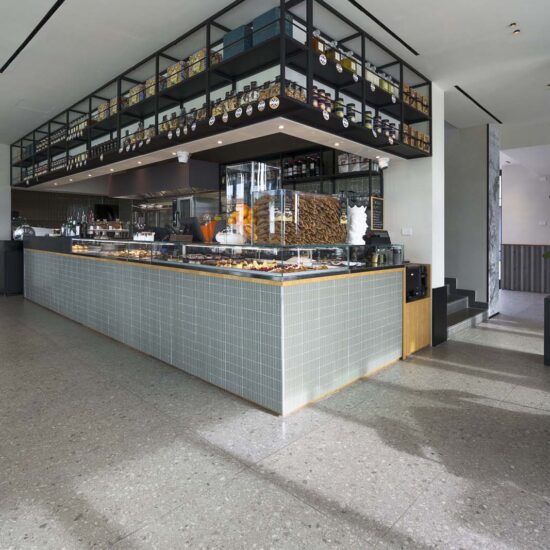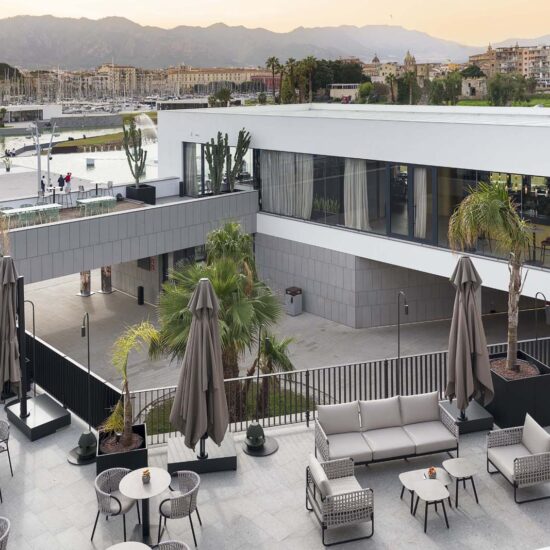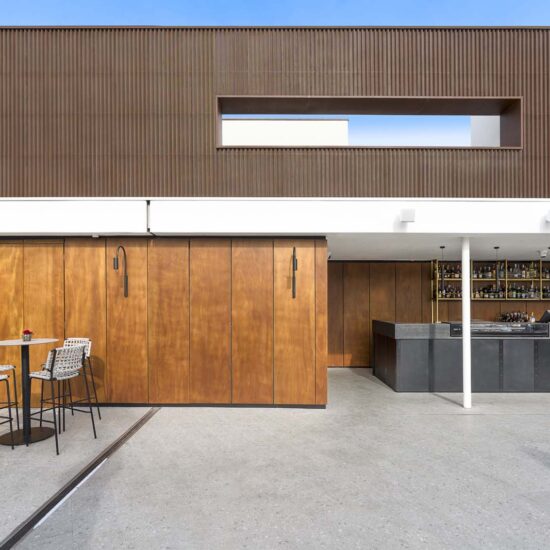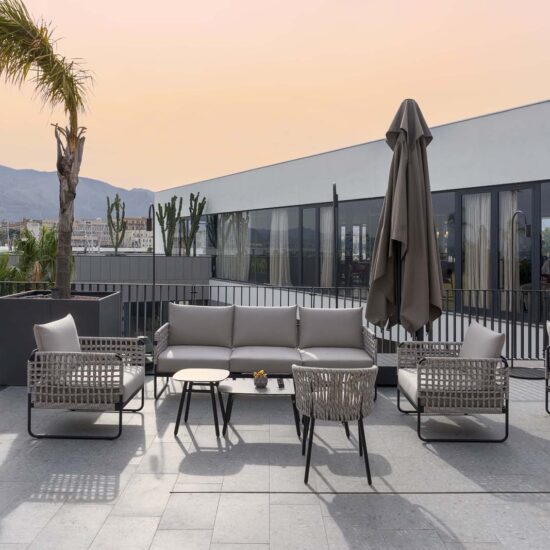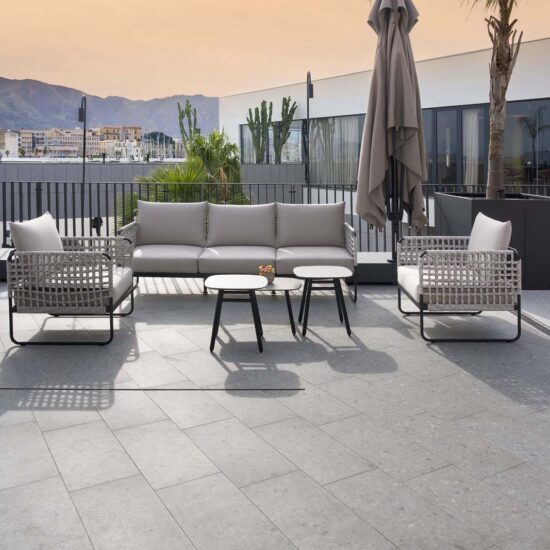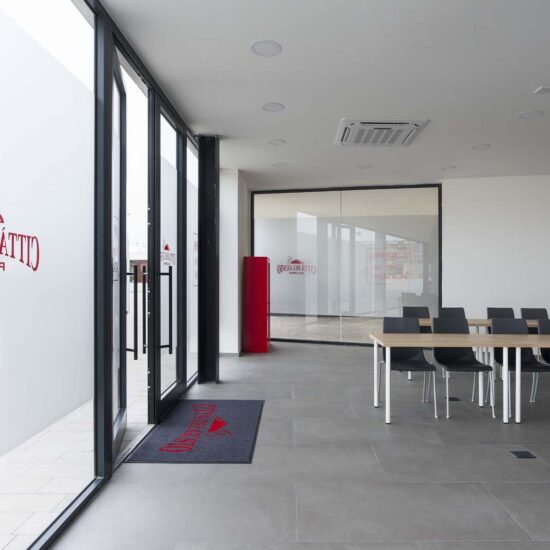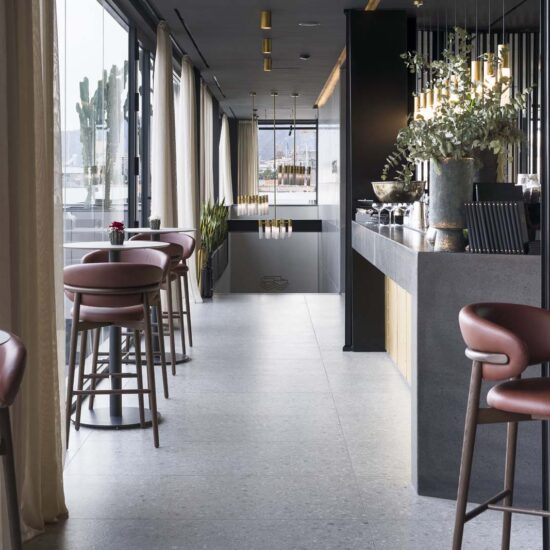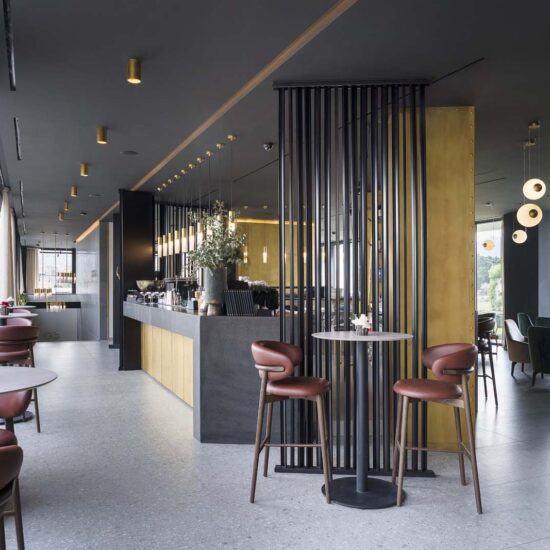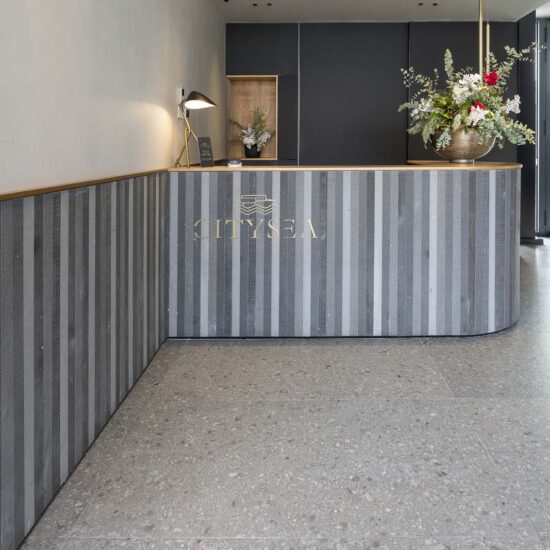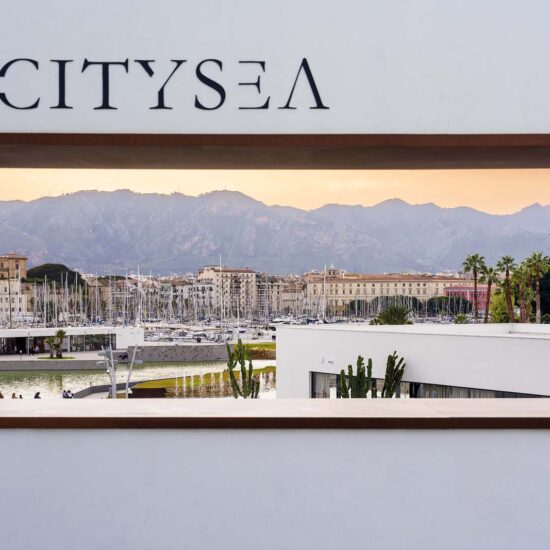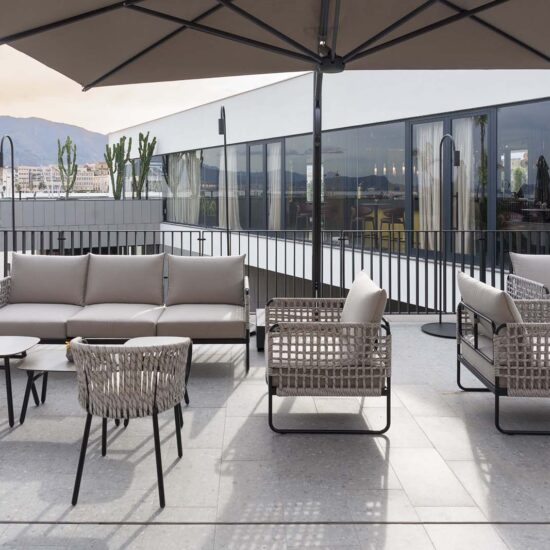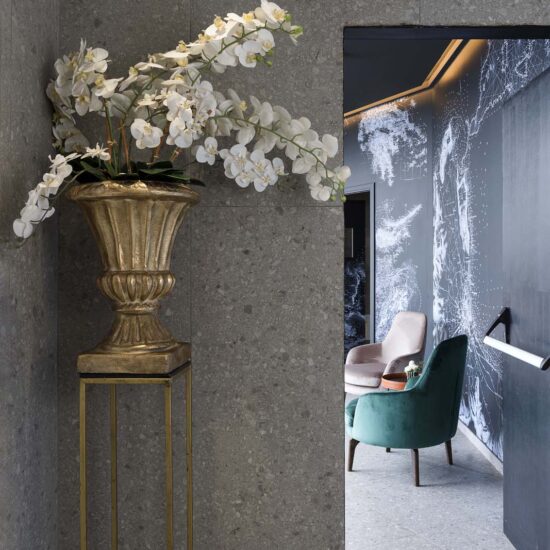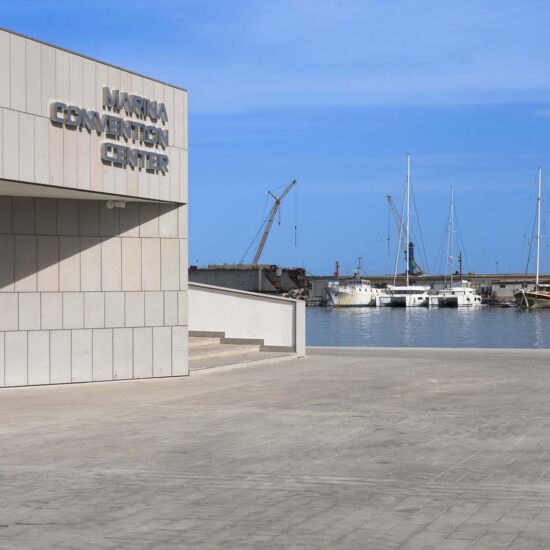The harbours of maritime cities are their frontier with the sea and also the first and last feature seen by travellers as they arrive and depart. The project for the new port waterfront Palermo Marina Yachting represents not only the long-awaited renovation of an area that had suffered decades of difficulties and become a serious blot on the landscape but also, and above all, the reaffirmation of the city’s relationship with its harbour area.
“For decades, the site was prey to unregulated development with the construction of business premises which, in the absence of an overall plan, created a scenario of chaos and inconvenience, where decay soon gained the upper hand,” explained Enrico Petralia, engineer and joint designer and director of works for the harbour authority. “The redevelopment work, which began gradually in 2006 and really took off from 2018, has been Palermo’s most important urban regeneration project and, as in the case of Europe’s most famous cities, it has re-established the city’s lost relationship with its seafront.”
So Palermo Marina Yachting, opened just a few months ago, represents the major redevelopment of the whole waterfront, a massive project involving an area of 45,000 square metres, involving the demolition of rundown buildings and the creation of the cycle and pedestrian way to reopen the link between the Molo Trapezoidale quay and the historic Castello a Mare complex, closed to the public for many years.
The new waterfront development, which has also involved the reorganisation of embarkation and disembarkation operations, provides 14 new mega-yacht berths, nine buildings and numerous hospitality and entertainment amenities, including an open-air theatre able to accommodate up to 300 people, a congress centre with three lecture rooms, three waterside restaurants, a spa, the Gambero Rosso Cooking Academy and a large number of businesses of which, naturally, a high proportion (43) offer outstanding Sicilian food and wines.
This attractive location with high visual impact, which also caters for amusement with features such as the boating lake and musical ornamental fountain, has proved extremely popular with both residents and visitors since the very first day.
The project has involved a large number of factors and players, led by the harbour authority architect Enrico Petralia and artistic director Sebastiano Provenzano, whose meticulous selection of the materials used has been a crucial theme.
The decision to adopt Ragno ceramic surfaces underlines the fact that in a good project pragmatic and aesthetic factors go hand in hand, and that a product’s quality derives first and foremost from the approach used throughout the production system.
“Ragno Ceramiche,” Enrico Petralia continued, “supported the entire project with great professional skill, with floor and wall coverings with high design values and immense charm, able to capture the attention in all contexts and bestow elegance and sophistication on indoor and outdoor spaces.”
The various Ragno porcelain stoneware collections, chosen for their breadth of range and technical characteristic, alternate in the indoor and outdoor areas, giving the various spaces a distinctive personality. The institutional importance of the lecture rooms was impeccably underlined by the use of Imperiale Statuarietto marble-look large slabs in glossy finish. Similarly, the slightly uneven texture of Stratford in the severe Beige, White and Grey shades in Natural finish proved perfect for the offices and public areas. The glossy 3D effect of the bar counter covered with Glacé Muschio tiles, also with Rayé structure, again in Muschio color (7.5×20 cm), alternating with the warm shade of parquet-look Woodmania Honey (60×120 cm), is particularly eye-catching. This sophistication in the choice of coverings is found throughout the project.
The washrooms are finished with Look tiles in Blu shade in 6×24 cm size; the material’s intentional color flaws on the glossy surface evoke hand-craftsmanship for contemporary taste. The same Look collection appears on the bar counter of the veranda restaurant overlooking the sea, but this time in the warmer Oliva color.
In contrast, the rich patterning and accurate reproduction of Ceppo di Gré stone of Realstone Navigli Grigio Naturale (75×150 cm) was chosen to decorate the retail areas and for the paving of the outdoor area, given its proven resistance to weather and salt spray and also its incorporation of the patented StepWise anti-slip technology. In addition to unprecedented ease of care and cleaning, Realstone Navigli also offers an exciting range of colors and a particularly soft texture.
Photographs by Alfio Garozzo

